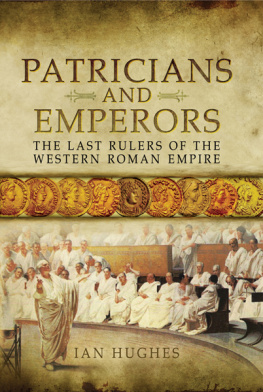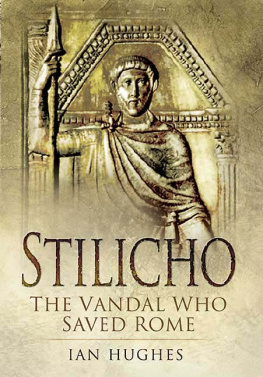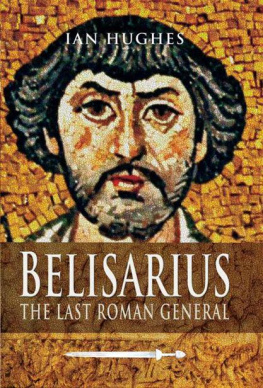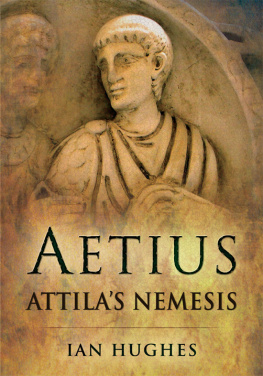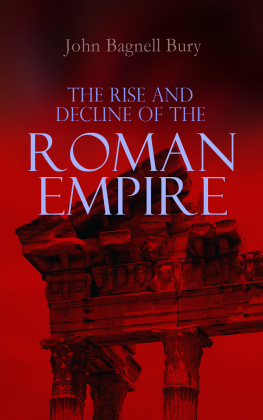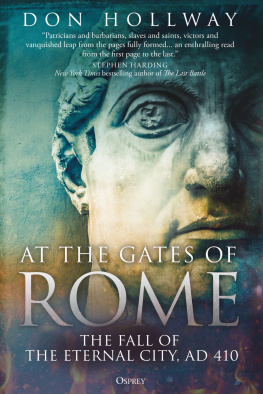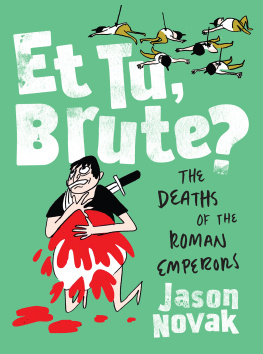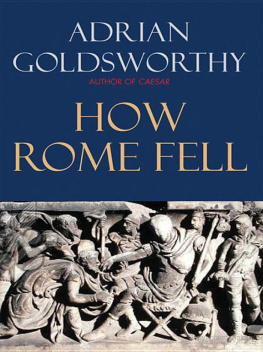First published in Great Britain in 2015 by
Pen & Sword Military
an imprint of
Pen & Sword Books Ltd
47 Church Street
Barnsley
South Yorkshire
S70 2AS
Copyright Ian Hughes 2015
ISBN: 978 1 84884 412 4
PDF ISBN: 978 1 47386 645 4
EPUB ISBN: 978 1 47386 644 7
PRC ISBN: 978 1 47386 643 0
The right of Ian Hughes to be identified as the Author of this Work has been asserted by him in accordance with the Copyright, Designs and Patents Act 1988.
A CIP catalogue record for this book is available from the British Library
All rights reserved. No part of this book may be reproduced or transmitted in any form or by any means, electronic or mechanical including photocopying, recording or by any information storage and retrieval system, without permission from the Publisher in writing.
Typeset in Ehrhardt by
Mac Style Ltd, Bridlington, East Yorkshire
Printed and bound in the UK by CPI Group (UK) Ltd,
Croydon, CRO 4YY
Pen & Sword Books Ltd incorporates the imprints of Pen & Sword Archaeology, Atlas, Aviation, Battleground, Discovery, Family History, History, Maritime, Military, Naval, Politics, Railways, Select, Transport, True Crime, and Fiction, Frontline Books, Leo Cooper, Praetorian Press, Seaforth Publishing and Wharncliffe.
For a complete list of Pen & Sword titles please contact
PEN & SWORD BOOKS LIMITED
47 Church Street, Barnsley, South Yorkshire, S70 2AS, England
E-mail:
Website: www.pen-and-sword.co.uk
Contents
Dedication
F irstly, to all of the family and friends who have supported me through a very difficult time in my life. The phrase cannot do full justice to my feelings, but all I can say is Thank you all very much.
Secondly, but by no means least, I would like to thank the dedicated and hardworking staff at Barnsley General Hospital under the urologist Dr Kate Lynton, and at Sheffield Hallamshire Teaching Hospital under the consultant urological surgeon, Mr David Yates. Without their care and attention it is likely that this would have been my last book if it had been finished.
It is interesting to note that during my stay in hospital a nurse by the name of Grace stated that with my glasses on I looked intelligent. Thankfully, she didnt tell me what I looked like with them off.
F or the fifth time (but not the last!), I must express my gratitude to Philip Sidnell for keeping faith with a relatively unknown author. Hopefully, the fact that this is my fifth book means that I am no longer as unknown as I was.
As usual, I would like to thank Adrian Goldsworthy and Philip Matyszak for reading excerpted chapters from the book, despite the subject being outside their comfort zone. Finally, as with Aetius, I would like to express my extreme gratitude to Perry Gray for not only agreeing to read large sections of the manuscript but for taking the time to discuss significant points throughout the process. As usual, the comments, criticisms and corrections of the above have been a valuable asset in the writing process. However, it should not be taken for granted that they agree with all that is written here, and for any mistakes which remain I am solely responsible.
For helping me to secure otherwise impossible-to-acquire books, I would once again like to thank the staff at Thurnscoe Branch Library, Barnsley, and especially Andrea World of the Inter-Library Loans Department of Barnsley Libraries. I am also extremely grateful to Jason Sivertsen for his help in finding some of the more obscure references in the book. Without their help this book would have been far shorter and not as comprehensive.
I would very much like to thank the following people for kindly allowing me to use their photographs in the plates: Beast Coins (www.beastcoins.com), CNG coins (www.cngcoins.com), and Wildwinds Coins (www.wildwinds.com/coins). Given that for the period in question there is a limited amount of evidence that can be used in the plates section hence the overwhelming reliance on surviving coinage their generosity is very, very much appreciated.
For their patience and for permission to use photographs from their extensive and valuable libraries I would like to thank Professor Manfred Clauss of ILS and http://www.manfredclauss.de/, and Dr Andreas Fabender and Professor Manfred G. Schmidt of CIL.
As with my first four books, this tome would not have been the same without the contribution of the members of both www.romanarmytalk.com/rat and www.unrv.com.forum. They have yet again been exceptionally patient, especially with regards to questions about the availability of photographs.
It goes without saying that my utmost gratitude goes to the individuals and institutions that have made available the ever-growing corpus of source material available on the internet. As with my previous books, I will refrain from mentioning individuals by name, since a look at the bibliography will show that it would need a separate book to list all of the people involved, so to single individuals out for special praise would be unfair. To all of these people, once again, my heartfelt thanks.
At the top of my list are still the two people who have made me smile and kept my feet on the ground and my nose to the grindstone even through recent health scares: Joanna and Owen. Joanna remains in need of praise for her endurance and patience in reading through another book, this time about yet more blokes from ancient Rome. For her endless patience and understanding, I remain forever in her debt.
To my son, Owen: thank you for your patience, my friend. Thankfully, Im balancing the work/play aspects of my life much better now. However, youve had your revenge for the past few years by choosing to support Rotherham United rather than Burnley. How will I cope with the embarrassment?
Please also see the Dedication at the front of the book.
List of Maps
List of Plates
)
Introduction
O ver the past half-century publications concerning the Fall of the Western Roman Empire have blossomed, with many major historians emerging. Some of these have been connected with the growth of interest in the barbarian kingdoms that emerged after the Fall, but those focusing on the Empire itself have almost all either analysed the processes of the Fall, with the concomitant overview of the period necessary to such studies, or have proposed a new or supported a pre-existing theory concerning the nature of the Fall, often concerned with whether the Fall was due to internal weakness or external invasion.
This book takes a slightly different approach. Rather than being thematic and tracing a variety of different topics in parallel with each other, the attempt has been made to write a coherent chronological narrative of events, in most cases leaving the reader to judge for themselves what the major causes of the collapse were. Only in the Conclusion at the end of the book is there an attempt to analyse the causes of the Fall.
The book covers the period from the death of the magister militum (Master of the Troops) Aetius in 454 to the death of Odovacer, the man ruling Italy when the Ostrogoths under Theoderic invaded, in 493. Although only covering a period of around forty years, the contrast between the start and the end of the period could hardly be greater. When Aetius was assassinated by Valentinian III the only territory definitively lost to the Empire was Africa, the area surrounding the city of Carthage, surrendered to the Vandals as a result of the Treaty of 442. Given the collapse of the Hunnic Empire in 454, it is possible that Aetius may have considered the possibility of a campaign to regain the lost province of Africa prior to 460 although this is obviously speculation.
Apart from the loss of Africa, there were several groups of barbarians settled within the Empire under different treaties, although the necessity of providing troops for the Roman army was almost certainly a prerequisite for all but one of these proto-kingdoms. The exception was the Gothic kingdom in Gaul, based around the settlements granted much earlier in the century. The Goths remained largely autonomous and the fact that Aetius had been forced to seek their help, rather than expecting it as a matter of course, when Gaul was invaded by Attila the Hun in 451 implies that the relationship had transformed into one where the Goths saw themselves as the equal of the
Next page
